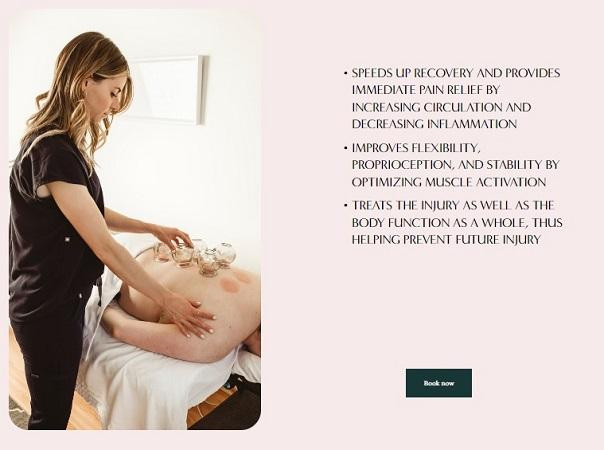Is Trigger Point Dry-Needling a Form of Acupuncture?
Any Trigger Point Dry Needling (TDN) practitioners claim that their treatment techniques are completely distinct from the Chinese Medicine Acupuncture Center in Calgary. In this piece, we'll examine the parallels and discrepancies between these treatment modalities and explain why one might be more effective than the other for a given condition.
To begin with, there are many similarities between TDN and TCM acupuncture. Both procedures make use of filiform (or acupuncture) needles, which are small, clean needles. Filiform needles are the main instrument used to induce a shift in the patient's body in both techniques, and they are inserted into the skin and muscle layers. Ithereby provoking the body into changing its current functional state.t has been demonstrated that when inserted into the body, filiform needles activate muscular neurons and neuro-vascular complexes,

Another similarity between acupuncture and TDN is that both therapies frequently rely on palpating tense areas to determine the best or most suitable points for therapy. Before TDN therapy and with an acupuncture strategy, a palpation technique is almost always used. Although there are many different palpation techniques, practitioners of both methods pinpoint precise points by feeling the skin and musculature for areas of muscular tension and areas lacking in tonicity. Both approaches use acupuncture needles to release tension in specific areas after the proper points have been located (more on the technique later).
Acupuncture employs both the traditional meridian model and Western Anatomy as a basis for point selection, in contrast, to trigger point needling, which emphasizes Western Anatomy. The anatomy of a particular muscle, as well as its belly, insertion, and attachment sites will be taken into consideration by TDN practitioners when locating points. When choosing locations, muscle function and range of motion are also taken into account. practitioners will initially search for pain symptoms and their connections to the meridian. 12 major meridians run up and down the body, according to Traditional Chinese Acupuncture Clinic Calgary AB theory.
The Chinese Acupuncture Specialist in Calgary AB has a strong connection with nerve, artery, and muscular pathways, although these meridians diverge from rigid Western anatomy mappings. The Chinese were undoubtedly very conscious of human anatomy and mapped the meridians in accordance, but TCM practitioners are not limited to this meridian system. As a result, many TCM practitioners pick points using an anatomical model like that of TDN practitioners.
Source URL :- https://sites.google.com/view/acupuncturewithmadison16/home
Comments
Post a Comment